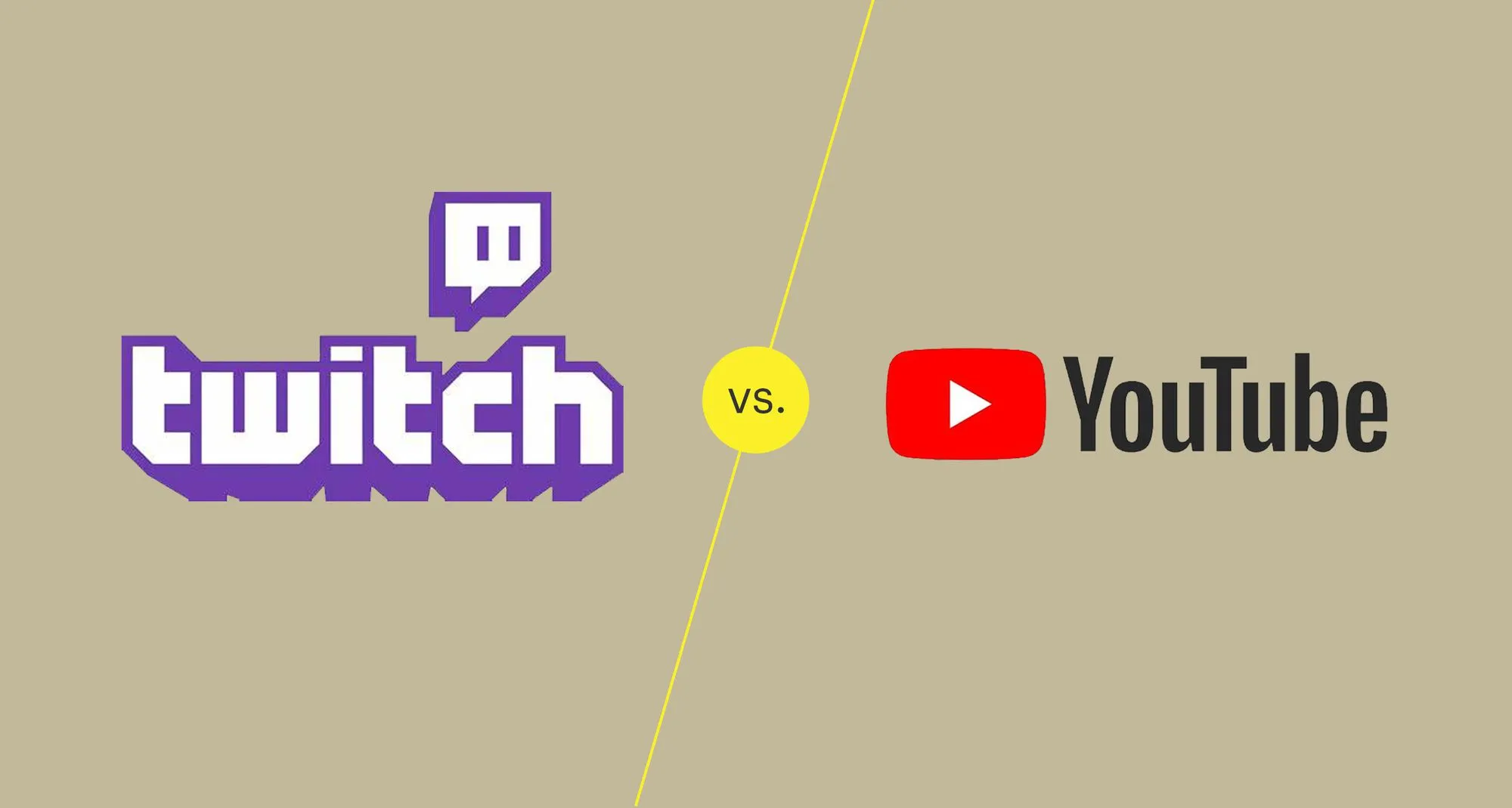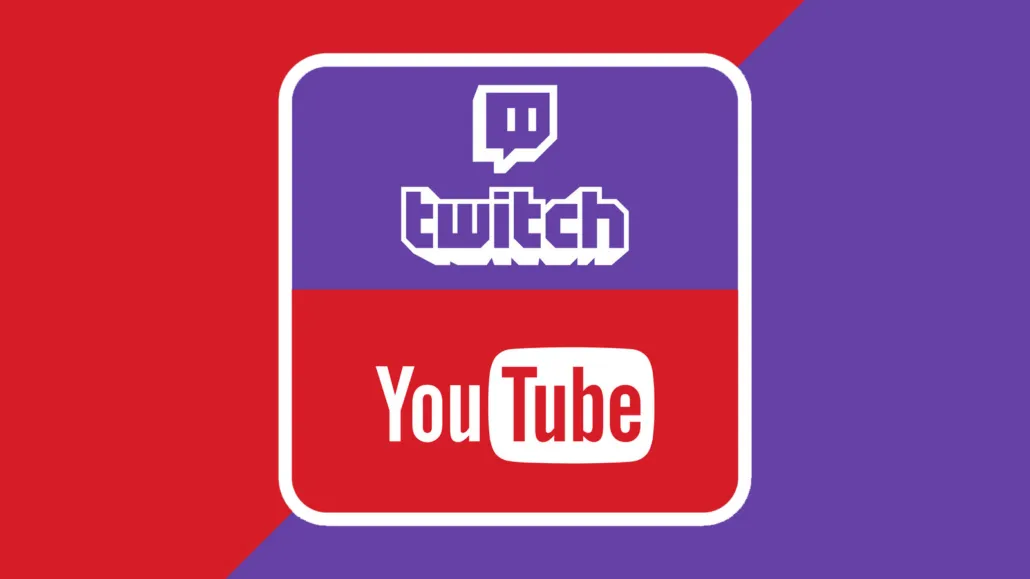In today’s digital landscape, streaming content has become a powerful way to engage with audiences. Twitch and YouTube are two of the most popular platforms for content creators. But what happens when you want to merge these two worlds? Streaming YouTube videos on Twitch is not just a trend; it’s a creative way to expand your reach and enhance viewer experience. In this post, we’ll explore how to effectively cross-stream content between these platforms and the benefits that come with it.
Understanding the Platforms

Before diving into the nitty-gritty of cross-streaming, it’s essential to understand what Twitch and YouTube bring to the table.
- Twitch: Primarily known for its live streaming capabilities, Twitch is a platform where gamers, artists, and various creators interact with their audience in real time. With features like chat rooms, subscriptions, and emotes, Twitch fosters a community-oriented environment.
- YouTube: On the other hand, YouTube is a video-sharing platform that allows users to upload, share, and monetize their videos. It offers a vast array of content types, from tutorials to vlogs, and is more focused on pre-recorded content compared to Twitch.
Here’s a quick comparison of the two platforms:
| Feature | Twitch | YouTube |
|---|---|---|
| Content Type | Live Streaming | Pre-recorded Videos |
| Community Interaction | Real-time Chat | Comments Section |
| Monetization Options | Subscriptions, Donations | Ad Revenue, Sponsorships |
Understanding these distinctions helps creators leverage each platform's strengths effectively. Whether you’re looking to engage your audience on Twitch while sharing your YouTube content or vice versa, knowing how each platform operates is key to successful cross-streaming.
Also Read This: How to Delete Your Behance Account with Ease
3. Benefits of Cross-Streaming YouTube to Twitch

Cross-streaming, or broadcasting content from YouTube on Twitch, offers a variety of benefits that can significantly enhance your streaming experience. Here are some key advantages:
- Wider Audience Reach: By streaming your YouTube videos on Twitch, you tap into two distinct audiences. This means more potential viewers and a chance to grow your subscriber base on both platforms.
- Diverse Content Creation: Mixing your content allows for creative freedom. You can engage your audience with different styles, whether it’s gameplay, tutorials, or vlogs, keeping your streams fresh and exciting.
- Increased Engagement: Twitch's interactive features, like live chat, allow for real-time engagement with viewers. This can lead to a more personal connection with your audience, making them feel valued and heard.
- Boosted Discoverability: Using popular tags and categories on Twitch can make your content more discoverable. If viewers are browsing for related content, your stream could pop up, leading to new followers.
- Monetization Opportunities: Cross-streaming can open up new monetization avenues. You can engage in Twitch’s affiliate programs, while also directing viewers to subscribe or support you on YouTube.
Overall, cross-streaming creates a synergistic effect where both platforms benefit, enhancing your brand presence and creating a more enjoyable experience for your audience.
Also Read This: Craft a Stunning Origami Diamond: Step-by-Step on Dailymotion
4. Requirements for Cross-Streaming
If you’re considering cross-streaming your YouTube content on Twitch, there are some essential requirements you need to meet. Here’s what you need to get started:
| Requirement | Description |
|---|---|
| Streaming Software | You'll need broadcasting software like OBS Studio or Streamlabs OBS to stream your YouTube content on Twitch. |
| Strong Internet Connection | A stable and high-speed internet connection is crucial to avoid lag and ensure a smooth streaming experience. |
| Valid Accounts | You should have both a YouTube channel and a Twitch account in good standing, with no violations of their respective community guidelines. |
| Content Ownership | Ensure that you own the content you're streaming or have permission to use it. This helps avoid copyright issues. |
| Streaming Setup | A good quality camera and microphone can significantly improve the production value of your streams. |
With these requirements in place, you’re well on your way to successfully cross-streaming on both platforms and maximizing your content's reach!
Also Read This: Easy Guide to Uploading Your Photos to Getty Images
5. Step-by-Step Guide to Cross-Streaming YouTube Content to Twitch
Cross-streaming YouTube content to Twitch can be a game changer for content creators looking to expand their audience and engage with fans on multiple platforms. Here’s a straightforward guide to help you get started:
- Set Up Your Streaming Software: First things first, ensure you have a reliable streaming software like OBS Studio or Streamlabs. These programs allow you to capture your YouTube stream and broadcast it on Twitch.
- Create a Twitch Account: If you haven't already, sign up for a Twitch account. Make sure to customize your channel and add a bio that reflects your personality.
- Link Your YouTube Account: Go to your Twitch dashboard and link your YouTube account. This will help in managing your content and allow easy access to your videos.
- Choose Your YouTube Content: Decide which videos or live streams from YouTube you want to share on Twitch. It's essential to pick content that resonates with your Twitch audience.
- Configure OBS/Streamlabs: Open your streaming software and set up a new scene. Use the ‘Window Capture’ feature to capture your browser window playing the YouTube video. Make sure to adjust the settings for optimal quality.
- Test Your Stream: Before going live, conduct a test stream to check audio levels, video quality, and overall performance. Make adjustments as needed.
- Go Live on Twitch: Once you’re satisfied with the test, hit that ‘Go Live’ button! Engage with your viewers in the chat and respond to comments as you play your YouTube video.
And there you have it! With these steps, you can successfully cross-stream your YouTube videos on Twitch and open up new avenues for viewer interaction.
Also Read This: Uploading a video to Behance
6. Tips for a Successful Cross-Stream Experience
Cross-streaming can be a fun and rewarding experience, but it does come with its unique challenges. Here are some tips to ensure your cross-streaming journey is as smooth as possible:
- Engage with Your Audience: Don’t just play the video; interact with your viewers! Ask questions, respond to comments, and create a two-way conversation. This will keep your audience engaged and make them feel valued.
- Promote Your Stream: Use social media platforms to announce when you’ll be cross-streaming. Create intriguing posts and teasers to attract viewers. Let your YouTube audience know when you’ll be live on Twitch!
- Watch Your Content: Ensure that the YouTube content you’re streaming aligns with Twitch’s community guidelines. Avoid any copyrighted material that could lead to your stream being taken down.
- Monitor Chat Moderation: Keep an eye on your chat to ensure that it remains a positive space. Consider appointing moderators to help manage discussions and maintain a good atmosphere.
- Be Consistent: Establish a regular schedule for your cross-streams. Consistency helps build a loyal audience who will know when to tune in for your content.
- Leverage Analytics: After your streams, review analytics from both platforms. This information can provide insights into what works and what doesn’t, helping you refine your future streams.
By following these tips, you’ll create a vibrant and entertaining cross-stream experience that keeps viewers coming back for more!
Streaming YouTube Videos on Twitch and Cross-Streaming Content
In the evolving landscape of content creation, streaming platforms like Twitch and YouTube have emerged as dominant forces, each with unique offerings. Twitch, primarily known for its live streaming capabilities, allows creators to engage with their audience in real time, while YouTube has a vast library of on-demand videos. Cross-streaming, or sharing content from one platform to another, is becoming increasingly popular among creators looking to diversify their reach.
Here are some key aspects to consider when streaming YouTube videos on Twitch:
- Understanding Copyright: Before streaming any YouTube content on Twitch, ensure that you have the rights to use that content. Streaming copyrighted material without permission can lead to DMCA strikes, which can harm your Twitch account.
- Engagement Strategies: Utilize Twitch’s interactive features such as polls, chat, and alerts to engage your audience while streaming YouTube videos. This can enhance viewer participation and make the experience more dynamic.
- Schedule and Planning: Create a content calendar that balances live streaming and pre-recorded YouTube content. This helps in maintaining consistency and keeping your audience engaged.
Moreover, consider using tools and software that facilitate seamless integration of YouTube videos into your Twitch stream. Options like OBS Studio allow for easy screen sharing and video playback, enhancing the viewing experience.
In conclusion, cross-streaming content between YouTube and Twitch offers creators a unique opportunity to expand their audience, but it requires careful consideration of copyright, engagement strategies, and effective planning to be successful.